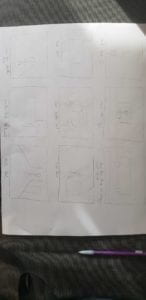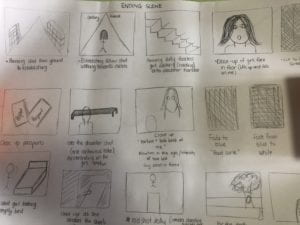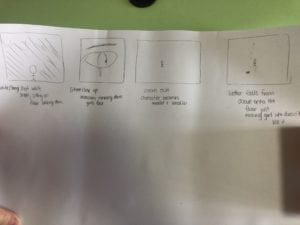so for our project we are planning to have a small game similar to the game Talking Tom where there is a main character standing in a room and the user can interact with him by clicking several part of his body or choosing several activities for him to do.
i will act as the main character and we are planning to film the activities and the movements of the main character separately and when we trigger certain movement the website should display the corresponding video.
we will spend most of our time filming and we should focus on how to make the interaction between the main character and the user interesting rather than merely letting the user do whatever he/she want to the character. (maybe design some conversation like siri?)



